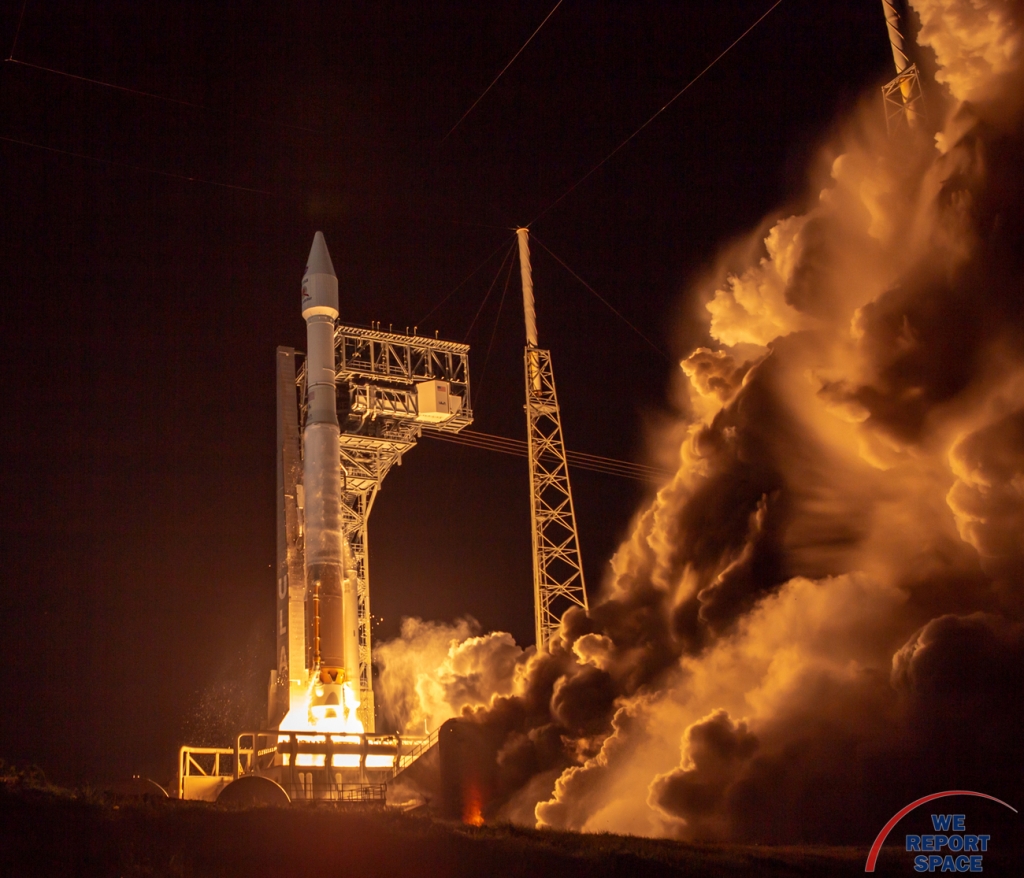

It will be able to brave the heat of the sun because it has a custom titanium heat shield coated in calcium phosphate so that it can endure temperatures up to 970 degrees Fahrenheit.It is a seven-year mission and will come within 26 million miles of the sun.This is the first mission that will provide images of the sun’s north and south poles using a suite of six instruments on board that will capture the spacecraft’s view.It was selected as the first medium-class mission of ESA’s Cosmic Vision 2015-2025 Programme. During its 21-month cruise, the spacecraft will take advantage of the gravity of Earth and Venus to place itself into the correct orbit around the Sun.The two-ton spacecraft launches from Cape Canaveral on a United Launch Alliance Atlas V rocket. 9, 2020, during a two-hour launch window that opens at 11:03 p.m. The spacecraft was launched from Cape Canaveral on a United Launch Alliance Atlas V rocket in February 2020. The mission, a collaboration between ESA (the European Space Agency) and NASA, is scheduled to begin Feb.Solar Orbiter is a space mission of international collaboration between ESA (European Space Agency) and NASA. It was launched on 10 February 2020 04:03 UTC from Cape Canaveral and aims to address key questions of solar and heliospheric physics pertaining to how the Sun.Actual launch took place at 04:03 UTC on 10 February 2020. If these eruptions on the Sun’s surface are big enough, they can cause billions of tons of plasma and electrically charged particles to dash towards Earth. The launch window nominally opens on 4 February 2020 and closes on 24 February 2020, although launcher performance margins mean that an earlier launch is possible.These eruptions are also known as coronal mass ejections (CME). Credits: Spacecraft: ESA/ATG medialab Sun: NASA/SDO/P.


NASA and European Space Agency’s spacecraft has captured the first solar eruption on the Sun’s surface. Launching in 2020, Solar Orbiter’s study of the Sun will shed light on its magnetic structure and the many forces that shape solar activity. On the night of February 9, 2020, an international family of collaborators passes through Kennedy Space Center’s security entrance.


 0 kommentar(er)
0 kommentar(er)
